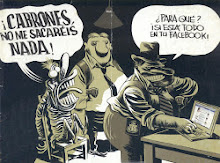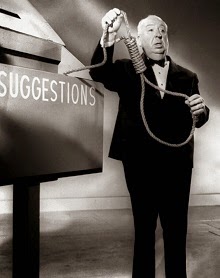Jon N. Hall
Unaware that it had been made into a movie, I recently read a fairly recent novel and then discovered that its film adaptation was playing on Cinemax. The novel was Live by Night by Dennis Lehane, and Lehane's fellow Bostonian Ben Affleck produced, directed, wrote the screenplay, and starred in the movie. Inasmuch as the Cinemax info screen says it was released in 2017, one might think it was a made-for-cable flick. But that's not the case, as Live by Night had a theatrical run that began in December of 2016. That run seems not to have been successful, as IMDb, Rotten Tomatoes, and Wikipedia all confirm. On January 26, 2017, Variety reported that the film cost $65M to make, but with "tens of millions more to distribute and market," it had lost $75M. And that's a pity, because Affleck's flick is a fine film, and parts of it are powerful.
But then my take on the movie might be different from that of someone who hadn't read the novel; maybe my appreciation of it was clouded by being already familiar with the story. So I screened the thing again, and I don't think so. The film stands up; it makes sense and hangs together. But what the film doesn't do is tell the whole story. Affleck cuts entire sections from the book, such as the protagonist's stint in prison, the heist of U.S. military arms, and the sojourn in Cuba. Affleck also makes changes, and the biggest of these is to the showdown between the lead character and his mob boss, Maso Pescatore. This departure still works and is action-packed, but in the book, it's much, much grimmer.
Live by Night is the story of a young criminal's rise to power in the underworld of rum-running during Prohibition. The novel is in three parts: "Boston" from 1926 to 1929, "Ybor" from 1929 to 1933, and "All the Violent Children" from 1933 to 1935. So the saga extends from the Roaring Twenties into the Great Depression to two years after the repeal of the 18th Amendment, when booze was again legal. It treats the Irish and the Italian mobs, as well as the Cuban rum-makers. In case you didn't know, Ybor was a multiracial section of Tampa where the speakeasies operated. And as long as Ybor left "white Tampa" alone, the Tampa police would leave Ybor alone, which allowed Yborians to continue distilling their "demon rum."
Whether Lehane and Affleck get the history of this era right is something we'll leave to others. The misery of the Depression does insert itself into the story. The book contains a meeting with a historical gangster, but that scene was cut from the movie. I'll let you discover who that gangster is (and I'm not referring to Meyer Lansky).
Our protagonist, Joe Coughlin, son of a Boston Police higher-up, has a problem with authority. Nonetheless, he is the "reluctant gangster," preferring to think of himself as an outlaw. But in his successful climb to the top of the underworld, he soon begins to realize that he is indeed a gangster. He and his crew do bad things. But Joe has a conscience; he's torn, conflicted. It's the stuff of drama, folks.
Besides murder, mayhem, greed, the need to dominate, and the usual of crime fiction, religion figures in both novel and film. Loretta Figgis, daughter of the Tampa Police chief, becomes a revivalist and turns Florida against Joe's plans for a casino. Joe's number-two man wants to remove this impediment to their plans for further riches, but Joe won't allow it: "No one touches a hair on her head."
Joe has hit a glass ceiling. You see, Joe is Irish and "need not apply" to obtain the status of "made man" in the Italian mob. Also, his decisions for dealing with certain situations, such as his refusal to "clip" Loretta Figgis, have put him at odds with his boss, Signor Pescatore, which sets up the climactic showdown just before the dénouement. (You know, I've always liked that word – "dénouement." It's so rarely I have an opportunity to use it in a sentence. Those of you who read the New York Times will be unfamiliar with the term, so click here.)
Perhaps the moral of this story is expressed in Chapter Two, when Joe's father tells him: "What you put out into the world will always come back for you. But it never comes back in a way you can predict."
If this kid were to set Lehane's fine book to film, he'd be tempted to go the route of Coppola in The Godfather or Leone in Once upon a Time in America and hire a composer like Nino Rota or Ennio Morricone. But then you'd have a different flick, more of an opera than with Harry Gregson-Williams's subliminal score.
So Affleck's film is a condensation of Lehane's book. But if not entirely faithful, it nonetheless does justice to the "arc" of the story. Affleck's two-hour movie could have been twice as long. Indeed, the novel could even have been made into a series for cable. Happily, two things Affleck doesn't cut are the two love stories, which both involve Joe. The second of these love stories is rarified, exalted.
Though purists might object, if I were so bold as to offer you advice, I'd advise you to see the movie first and then read the book. If you were so bold as to do that, you'll notice that the novel and the film have rather different endings. Both endings take place after a tragic event. In the novel, this event takes place on the next-to-last page, and it's quite powerful. I think what makes it powerful is its simplicity. The novel's resolution on the next page feels elegiac.
Affleck, however, crafts a powerful ending of his own that is lyrical, even spiritual (and in a gangster film, no less). Each ending seems right. Lehane's ending is right for reading, and Affeck's ending is right for the cinema. And his film ends with one helluva thought. You're likely to come back to that thought.
Jon N. Hall of Ultracon Opinion is a programmer/analyst from Kansas City.


































0 comentaris:
Publica un comentari a l'entrada